7
The number of gases water treatment centers typically monitor (Cl2, CO, H2S, NH3, O2, SO2 and combustibles - LEL).
 Hazards are part of the job, whether it's working alone, confined spaces, gas exposures, or slips and falls. What matters is having controls in place to keep your people as safe as possible.
Hazards are part of the job, whether it's working alone, confined spaces, gas exposures, or slips and falls. What matters is having controls in place to keep your people as safe as possible.
Blackline Safety gives you complete protection with our lone worker and gas detection wearables, and portable area monitors. All cloud-connected to our monitoring and analytics platform, Blackline Live, you can stay ahead of risks and respond quickly when something does happen.
One connected system. Total peace of mind.
7
73%
Confined spaces—like sewers, manholes, service reservoirs, storage tanks, treatment units, or tunnels—pose serious risks: oxygen deficiency, flammable gases, and elevated levels of hydrogen sulfide.
Justin Denson asks: Are you doing these two essential best practices to protect your people?
Safety technology that works in any situation.

Set up in minutes for cloud-connected, fence line monitoring of up to eight gases—quickly respond to or dispel smell or toxicity concerns.

Detect up to five gases at once with real-time monitoring. Plus, swappable cartridges mean you can easily switch to a pump cartridge for pre-entry and continuous for confined space entries.

Wearable lifeline with manual, automatic, and time-based alerts for emergency SOS, missed check-ins, falls, health events, and more—whether in a treatment plant or in the field.

Monitor and manage all your devices remotely, respond to alerts—and harness automated reporting on usage, exposure, compliance and more.

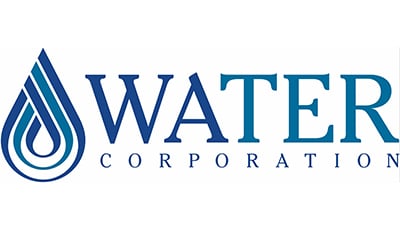
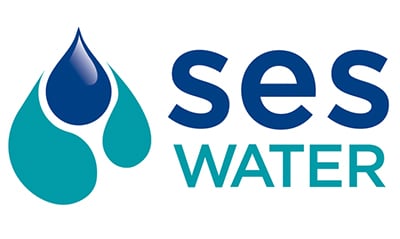
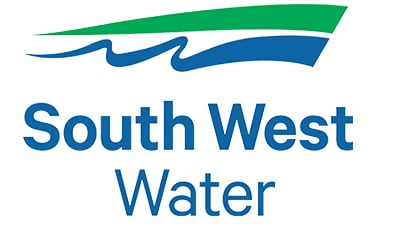
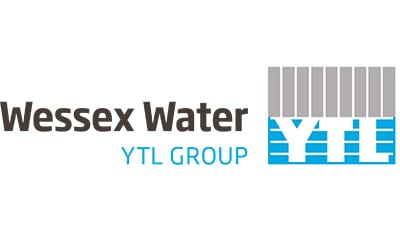
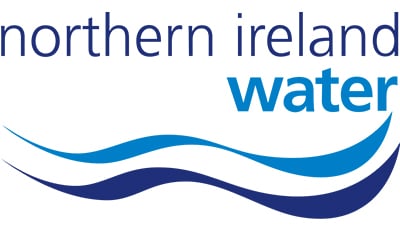

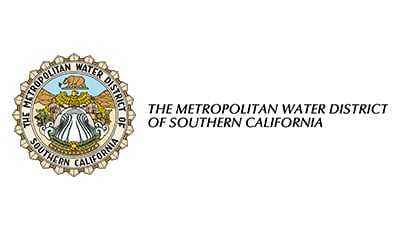
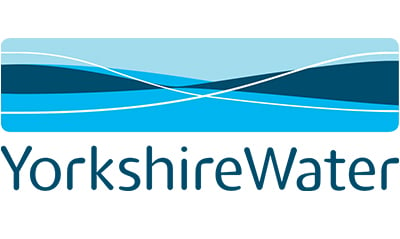
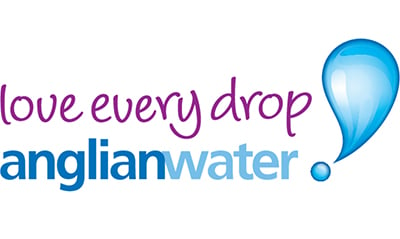
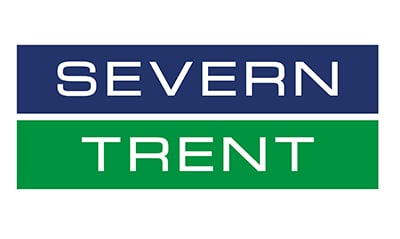
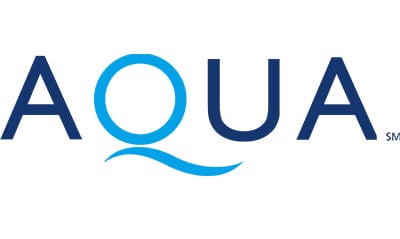
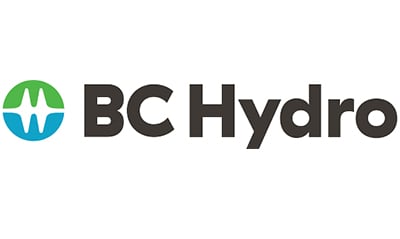

![]()
Unmatched Durability
Built to perform in dirty, wet, and rugged outdoor conditions—tested and proven in the harshest, high-hazard environments.
![]()
Trustworthy Connectivity
Integrated cellular and optional satellite connectivity for a failsafe way to keep in touch in even the most remote locations.
![]()
Communication Options
Ready access to two-way voice, push-to-talk and text messages, and a one-pull emergency SOS latch for fast incident response.“The real-time gas readings enabled by direct-to-cloud data streaming while G7s were in use were a key feature for NI Water. With their earlier solution, NI Water had to wait until their devices were being calibrated to get a data dump.
With G7, HSE personnel have an insight into each user’s gas readings, helping them to identify and mitigate gas risks a lot more effectively.”

AlertLink
Proximity-based sharing of real-time alerts with nearby active devices (other G7cs and EXOs) during high urgency events—like high-gas, high-gamma, no-motion or falls.

Broad Sensor Portfolio
Choose from 20+ gas sensor options—plus gamma radiation sensor—to customize your devices to match hazards..
![]()
Location Beacons
Enhance worker location accuracy in areas where GPS alone isn't enough, like multi-level indoor facilities.

Learn how Northern Ireland Water kept their people visible and connected—even while deep underground.

Discover how to unlock next level protection and performance for the water and wastewater industry through connected safety.
See how an all-in-one solution made remote facility monitoring easier—and safer.

Explore the top four incident types in the water and wastewater industry and how connected safety helps prevent them.
Connected safety refers to the integration of safety systems, devices, and people through digital technologies—such as IoT, cloud computing, and real-time data analytics—to enhance incident response and decision-making.
Cloud-connectivity enables real-time gas detection, lone worker safety and rapid incident response. That’s why connected safety is a critical component of water and wastewater worker safety worldwide.
Workers in the water and wastewater industry are at elevated risks of exposure to toxic and flammable gases so having a reliable, easy-to-use device ensures user acceptability when working in hazardous environments.
Our devices deploy right-out-of-the box, connecting to the cloud and sending data as soon as they are turned on and, with automated firmware updates over the air, so they’re always up to date.
And our award-winning, intuitive user interface translates to minimal training requirements and hassle-free use to provide powerful insights into the efficiency of a plant and the safety of every worker.
Blackline’s portfolio includes 20+ sensor options, covering critical hazards in water and wastewater facilities—notably, ammonia (NH3), chlorine (Cl2), carbon monoxide (CO2), hydrogen sulfide (H2S), lower explosive limit (LEL), oxygen (02), and sulfur dioxide (SO2).